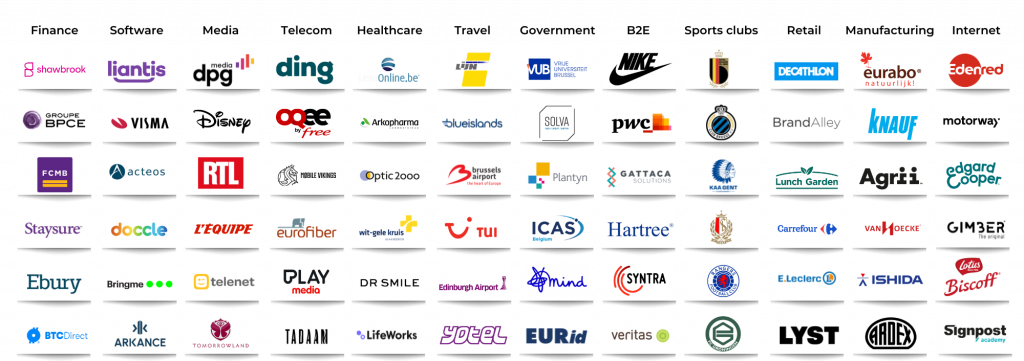Lead response time is an often-overlooked KPI. But that doesn’t mean it should be. In fact, the speed to lead is paramount for your chances of sales success. In this blog, we share the 5 most powerful ways to shorten your lead response time and boost closing rates. Ready, set, lead!
Leads go cold fast. When customers contact your company, they’re ready to start the buying process immediately. And the sooner you respond, the higher your chances of success. In fact, your lead response time can act as a principal brand differentiator. So, how does that work? Let’s get down to the points.
The five-minute rule of lead response time
It all comes down to the five-minute rule. Studies have shown it time and time again: if you contact a new inbound lead within five minutes after their inquiry, you are 100 times more likely to reach them. Moreover, you’re 21 times more likely to favorably qualify them than if you leave it just 30 minutes.
That’s the theory, at least. In practice, we see many organizations struggling to achieve a super quick lead response time. Today, only one in ten companies hold up the golden five-minute standard. 55% of companies take five days or more to get in touch with a new lead. And sometimes, they never reply at all.
5 ways to shorten your lead response time
The moral of the story: there’s a lot of room for improvement. If you want to stay competitive, you’re going to have to keep up with the five-minute standard. These are the 5 ways you can cut your lead response time today.
1. Get insight into your stats
Before you can think about shortening your lead response time, you need to get a solid grip of your current speed to lead score. So, how long does it take for your sales team to get back to a new lead, on average?
Calculating lead response time is actually relatively easy. First, you need to figure out the time it took your team to respond to particular leads. Then, calculate the sum of all the lead response times you’ve obtained. Divide the result by the number of contacts or leads to get the average lead response time. And voilà: you now know your lead response time.
Is your lead response time 5 minutes or less? Great! If not: keep scrolling for some reliable advice.
2. Use the platforms your customers are using
So, now that you’ve calculated your ‘time to lead’, it’s time to start thinking about the channels you’re using and how you can integrate them into your workflow.
Today, customers use varied ways to get in touch with your sales teams. Whether it’s a phone call, a DM on LinkedIn or live chat: your clients expect an answer right away. And with the right technology, you can make it happen. Omnichannel platforms like Zendesk offer integrations with several messaging apps. They allow teams to manage all their messaging, live chat, social media, and email conversations via a centralized platform.
3. Catch the big fish
Let’s face it, not every lead is created equal. So you want your sales team to focus on the big fish first. If you can get to these leads within the initial 5 minutes, chances are you’ll be able to boost sales by a lot. But how do you separate the wheat from the chaff?
A modern CRM system can help you do the trick. Today, CRM software like Zendesk Sell offers powerful analytics capabilities and easy-to-use dashboards to track key metrics. By providing your colleagues with a comprehensive analysis of each opportunity, they can readily focus on the most valuable leads and deals without worrying about the administrative side.
4. Rely on chatbots or self-service
The best time to have that first conversation with a lead is… now! Leads are the most likely to make a buying decision while they’re still on your website. So it’s your job to act fast. That’s where chatbots and help centers come in.
Talking to a bot or plowing through an FAQ page isn’t the same as getting a reply from a sales rep. But offering clients a chatbot or help center option still provides excellent advantages in terms of lead response time. They keep leads warm and buy your team some time to get in touch with customers.
5. Create context with the conversation
A fast response time is half the battle. But your response needs to be spot-on, too. By integrating your tools, you can create context with the conversation and immediately provide customers with the reaction they’re looking for.
No more digging up old emails or skimming your CRM for previous purchases. By centralizing data from different sources and channels into a single platform, your sales reps can get a 360° view of your client ASAP. This keeps your whole team informed and allows your representatives to respond to new opportunities as they arise.
Get started today
The shelf-life of online leads is short. Very short. So, reacting to inquiries immediately is pivotal to your success rates. Join our Zendesk Sell webinar and learn how bringing together your sales data can shorten lead response time and drive closing rates.
















